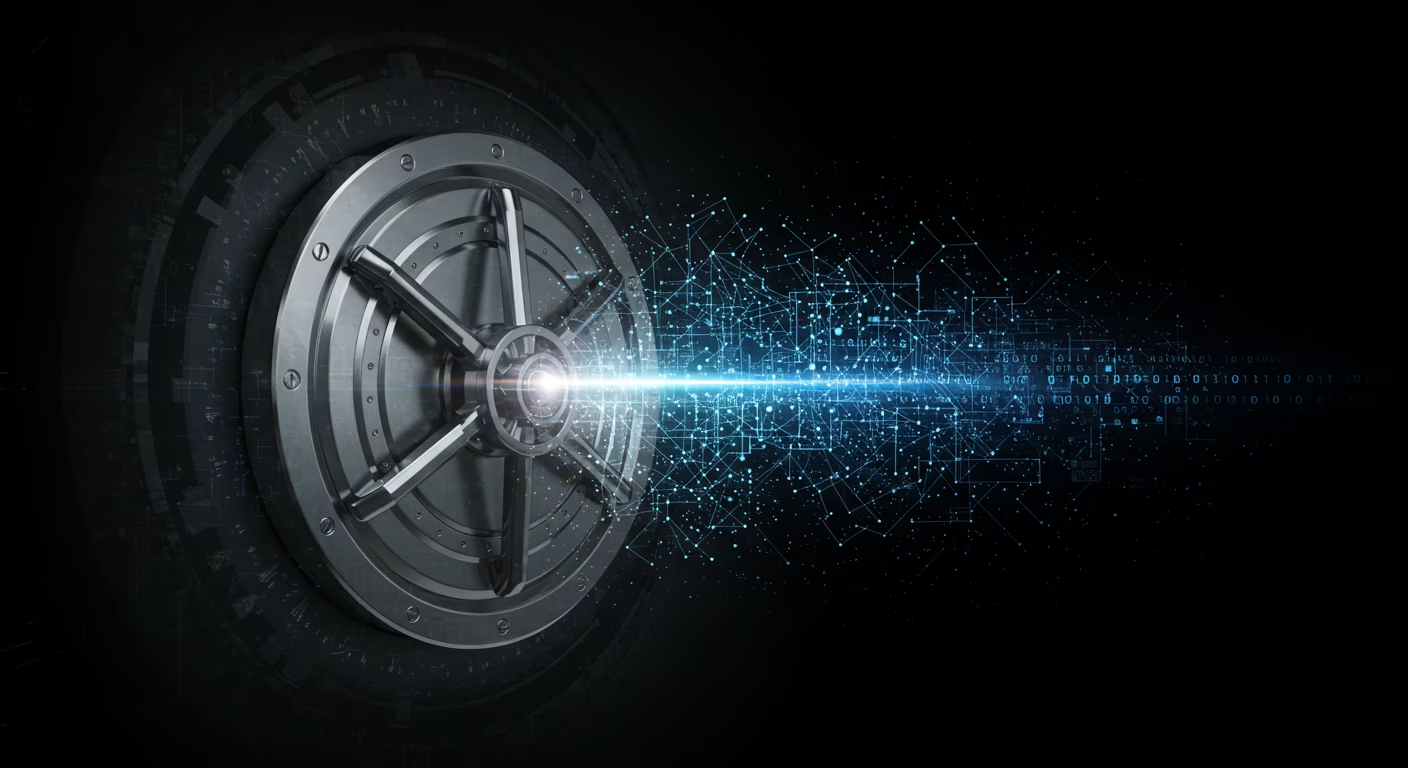For decades, our digital security has relied on cryptographic systems that are virtually unbreakable by today’s computers. Technologies like RSA, ECC (Elliptic Curve Cryptography), and AES have formed the backbone of secure communication, financial transactions, identity verification, and more.
But a new challenge is on the horizon—quantum computing.
With the potential to break widely used cryptographic algorithms, quantum computers threaten to render many of today’s encryption methods obsolete. That’s where Post-Quantum Cryptography (PQC) comes in. It represents a crucial evolution in cybersecurity, aiming to future-proof our digital infrastructure before quantum computers reach a scale that can exploit current cryptographic weaknesses.
Let’s explore what post-quantum cryptography is, why it matters, how it works, and what’s being done to implement it globally.
Understanding the Quantum Threat
Quantum computing harnesses the principles of quantum mechanics to process information in fundamentally new ways. Unlike classical computers that use bits (0 or 1), quantum computers use qubits, which can exist in multiple states simultaneously. This gives them the theoretical power to solve certain problems much faster than traditional systems.
One such problem is integer factorization—the mathematical foundation of RSA encryption. Classical computers would take thousands of years to break a strong RSA key. A sufficiently powerful quantum computer, using Shor’s algorithm, could do it in hours.
That means encrypted emails, secure websites, banking systems, and even government secrets could be at risk once large-scale quantum machines become viable. While this “quantum threat” is still theoretical, experts agree it’s not a matter of if, but when.
What Is Post-Quantum Cryptography?
Post-Quantum Cryptography (PQC) refers to cryptographic algorithms that are designed to be secure against attacks from both classical and quantum computers. Unlike current public-key cryptography—which depends on problems like factoring or discrete logarithms—PQC uses different mathematical foundations that are believed to be resistant to quantum attacks.
Importantly, PQC algorithms are designed to run on classical hardware. This means they can be deployed with today’s infrastructure, offering protection without requiring a fully quantum internet.
Common approaches in PQC include:
- Lattice-Based Cryptography: Based on hard problems in lattice mathematics. One of the most promising and widely studied areas in PQC.
- Hash-Based Signatures: Uses the properties of cryptographic hash functions. Extremely secure, but typically only useful for signatures, not encryption.
- Code-Based Cryptography: Relies on the hardness of decoding random linear codes. One of the oldest PQC approaches.
- Multivariate Quadratic Equations: Solves systems of equations over finite fields, considered difficult for quantum computers to crack.
Each approach has trade-offs in terms of performance, key sizes, and security guarantees—but all aim to survive the quantum age.
The Role of NIST in Standardizing PQC
Recognizing the urgency, the National Institute of Standards and Technology (NIST) launched a global initiative in 2016 to develop and standardize post-quantum cryptographic algorithms. This open competition invited researchers from around the world to submit algorithms for review.
After multiple rounds of evaluation, in July 2022, NIST announced four finalists for standardization:
- CRYSTALS-Kyber – for public-key encryption and key exchange (lattice-based)
- CRYSTALS-DILITHIUM – for digital signatures (lattice-based)
- FALCON – for digital signatures (lattice-based)
- SPHINCS+ – a stateless hash-based signature scheme
These algorithms were selected for their strong security foundations, efficiency, and potential for widespread adoption. The final standards are expected to be released in full by 2024–2025, setting the stage for global transition.
Why the Transition to PQC Must Start Now
Although quantum computers capable of breaking RSA or ECC may still be years away, cybersecurity experts warn of the “store now, decrypt later” threat. This is the idea that malicious actors could intercept encrypted data today and store it—waiting for the day when quantum machines can decrypt it.
This is especially concerning for:
- Government and military communications
- Healthcare and patient records
- Financial data and transactions
- Long-term intellectual property and contracts
Since migrating to PQC involves significant updates to protocols, hardware, and software systems, organizations must start preparing now to ensure they’re not caught off guard later.
Challenges of Post-Quantum Migration
Transitioning from traditional to quantum-resistant algorithms isn’t just about swapping out one function for another. It involves:
- Rewriting codebases
- Adjusting key sizes (PQC often requires larger keys and signatures)
- Testing for performance trade-offs
- Ensuring interoperability across legacy systems
- Avoiding hybrid cryptography mistakes—where a mix of classical and quantum algorithms introduces new vulnerabilities
Moreover, developers and engineers will need new skills and tools to evaluate, implement, and maintain PQC solutions effectively.
Real-World Adoption and Use Cases
Major technology companies, financial institutions, and government agencies are already beginning to experiment with PQC:
- Google has integrated experimental PQC algorithms into Chrome and tested them in TLS connections.
- IBM is developing hybrid solutions that combine classical and quantum-resistant encryption for cloud services.
- Microsoft is researching PQC implementation across its Azure and Windows platforms.
- Thales, Cisco, and Cloudflare are also contributing to PQC toolkits and protocols.
Some of the key areas for immediate PQC integration include:
- VPNs and secure messaging platforms
- TLS/SSL connections for websites
- Code signing and software updates
- Encrypted emails and document transfers
- Blockchain and cryptocurrencies, which also face quantum vulnerability in signature schemes
Quantum-Proofing the Internet: The Next Cybersecurity Frontier
As we prepare for the quantum era, cybersecurity is no longer about today’s threats—it’s about future-proofing against what’s to come. Post-Quantum Cryptography represents a once-in-a-generation shift in how we secure digital information.
Governments, enterprises, developers, and IT leaders must begin to assess their cryptographic assets, test migration paths, and adopt flexible cryptographic frameworks that can incorporate PQC as standards evolve.
The earlier we adapt, the smoother and more secure the transition will be.
Building a Secure Future Now
Quantum computing has the potential to unlock incredible breakthroughs—from drug discovery to material science—but it also threatens to break the very systems we rely on to keep data safe. Post-Quantum Cryptography is our best defense against this coming wave.
By understanding PQC now and beginning the shift today, we can ensure that our digital infrastructure remains robust, even in a world where quantum machines are real.
The future of cybersecurity is already being written. And it starts with building encryption that’s not just strong today, but resilient tomorrow.





